
3,000-Year-Old Urartian Wall Paintings Protected Beneath Van’s Garibin Hill
Deep beneath the rugged terrain of eastern Türkiye, archaeologists have uncovered one of the most extraordinary artistic survivals of the Urartian Kingdom — a network of subterranean chambers whose walls still bear vivid, 3,000-year-old paintings. The fragile murals, discovered accidentally during an illegal excavation in Van’s Tuşba district, are now being carefully preserved under a specialized protection program led by archaeologist Prof. Dr. Mehmet Işıklı of Atatürk University.
A Hidden Monument Beneath Garibin Hill
Located about 30 kilometers from Van city center, the Garibin Hill site first drew attention in 2022, when authorities intercepted a clandestine dig by treasure hunters. Subsequent authorized excavations revealed a monumental underground complex consisting of corridors and chambers connected by narrow passages approximately six to seven meters below the surface.
Within these tunnels, archaeologists identified rare Urartian wall paintings — the best-preserved examples known to date. The murals depict divine, human, and animal figures arranged in three registers, their pigments still clinging to earthen walls despite centuries of decay.
Preserving a Fragile Masterpiece
Given the extreme fragility of the site’s mudbrick architecture and organic pigments, the excavation team has implemented stringent conservation measures. The structure’s ceiling and walls have been reinforced with iron supports, and humidity is monitored continuously using precision instruments.
📣 Our WhatsApp channel is now LIVE! Stay up-to-date with the latest news and updates, just click here to follow us on WhatsApp and never miss a thing!!
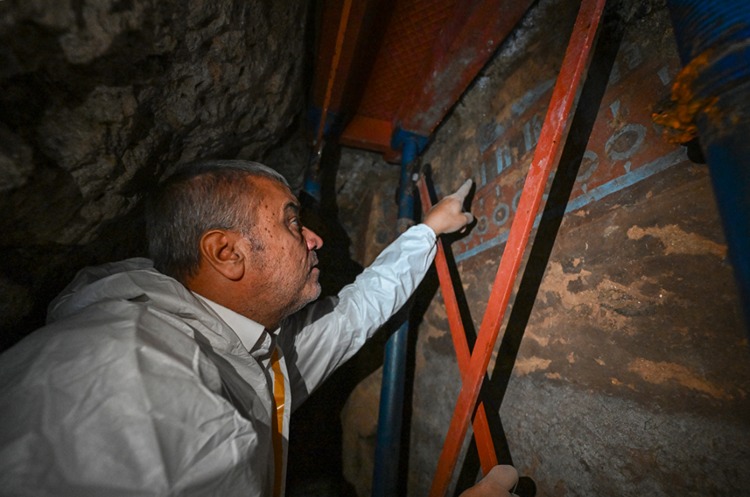
To prevent water infiltration and maintain stable environmental conditions, a protective tent — spanning 1,000 square meters — is being erected above the hill. Entry to the tunnels requires special protective clothing, while the area is guarded 24/7 by local gendarmerie units and monitored by security cameras.
A Rare Glimpse into Urartian Art

“The Urartian world offers very few examples of preserved wall paintings,” said Prof. Işıklı. “Because these were painted on mudbrick with organic pigments, they rarely survive. In Türkiye, we previously knew of examples from Altıntepe in Erzincan, some of which were transferred to museums in the 1950s. But what we see here at Garibin Hill may be the most extensive and best-preserved yet.”
He added that similar murals are known from Arin Berd in Armenia, though those likely date to the post-Urartian period. “This makes the Van examples uniquely significant — authentic Urartian art that has survived in situ.”
Awaiting the Light of Day
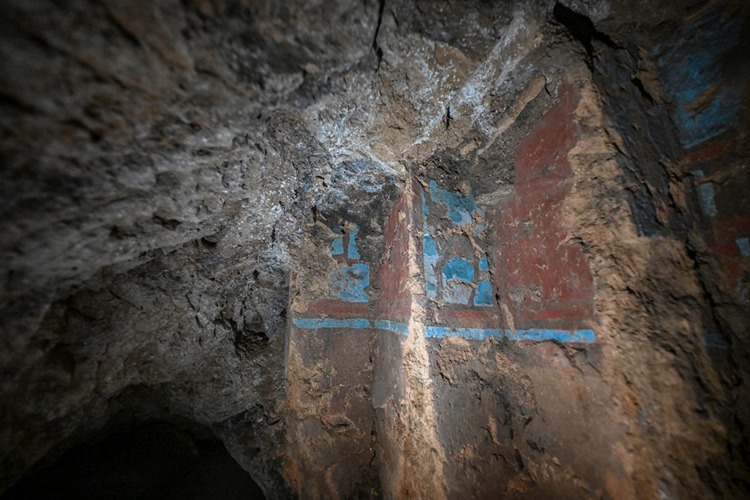
The project’s next phase involves completing the protective shelter before carefully opening the site from above. Experts from the Istanbul Restoration and Conservation Regional Laboratory are assisting with microbiological assessments, humidity control, and periodic cleaning of the murals.
“Everywhere we look, there are painted surfaces,” Işıklı explained. “We are likely dealing with an elite ceremonial or royal space, perhaps similar to the painted halls of Altıntepe. Once fully excavated, we expect to uncover a monumental complex entirely covered with wall paintings — an extraordinary discovery for Urartian archaeology.”
Cover Image: Prof. Dr. Mehmet Işıklı examines the Urartian wall paintings preserved within a tunnel-like structure. The fragile complex has been reinforced with iron pillars for protection. Credit: Mesut Varol/AA
You may also like
- A 1700-year-old statue of Pan unearthed during the excavations at Polyeuktos in İstanbul
- The granary was found in the ancient city of Sebaste, founded by the first Roman emperor Augustus
- Donalar Kale Kapı Rock Tomb or Donalar Rock Tomb
- Theater emerges as works continue in ancient city of Perinthos
- Urartian King Argishti’s bronze shield revealed the name of an unknown country
- The religious center of Lycia, the ancient city of Letoon
- Who were the Luwians?
- A new study brings a fresh perspective on the Anatolian origin of the Indo-European languages
- Perhaps the oldest thermal treatment center in the world, which has been in continuous use for 2000 years -Basilica Therma Roman Bath or King’s Daughter-
- The largest synagogue of the ancient world, located in the ancient city of Sardis, is being restored



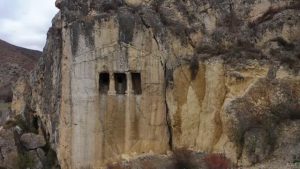

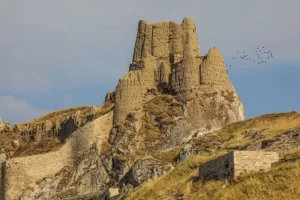
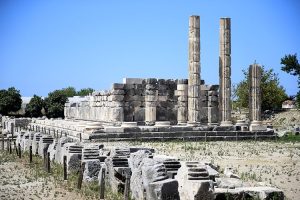



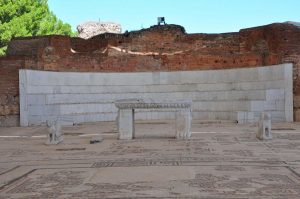
Leave a Reply